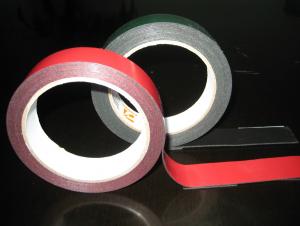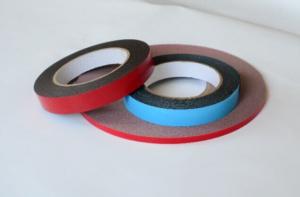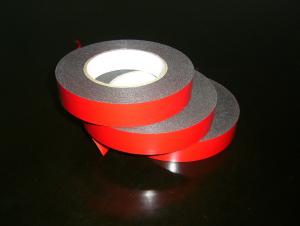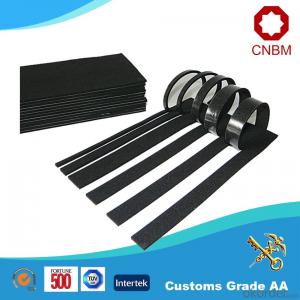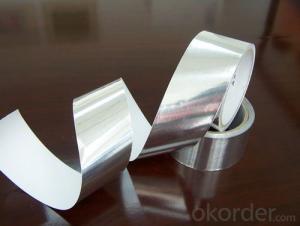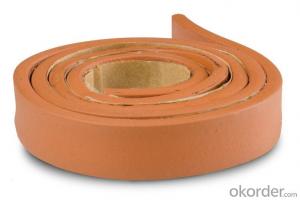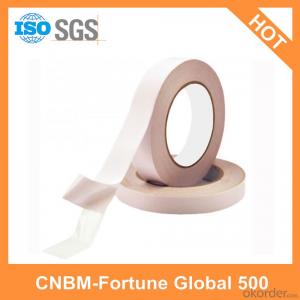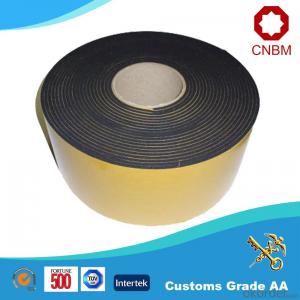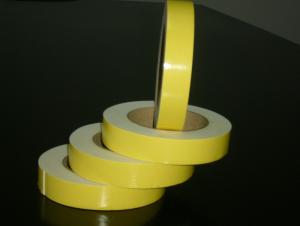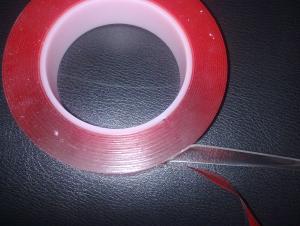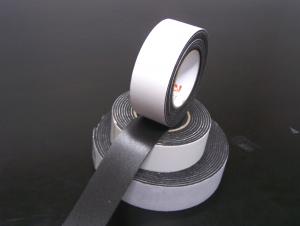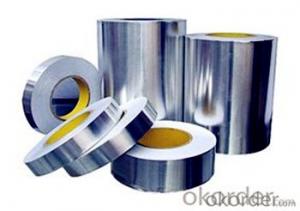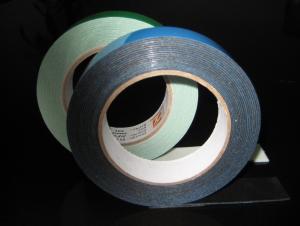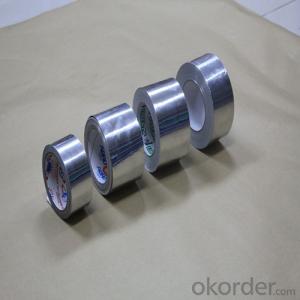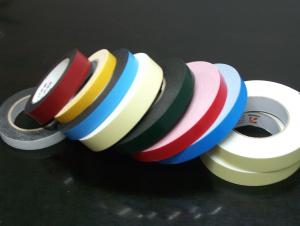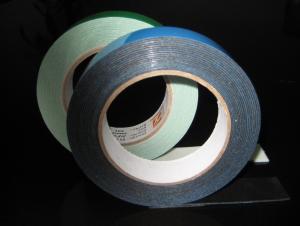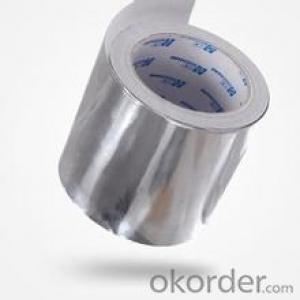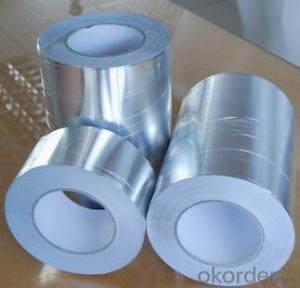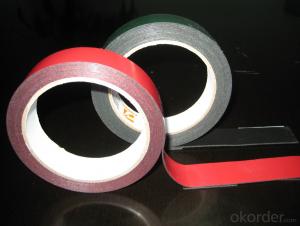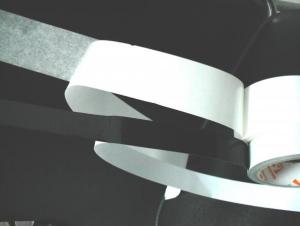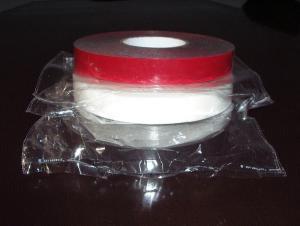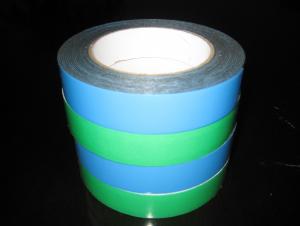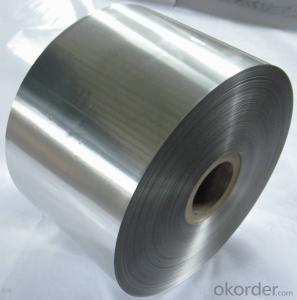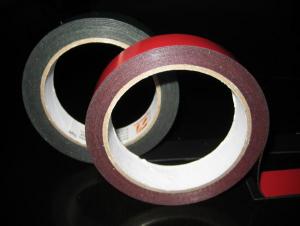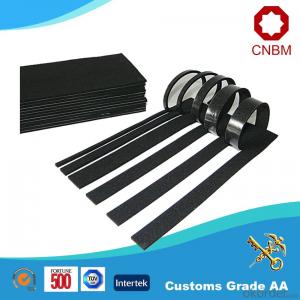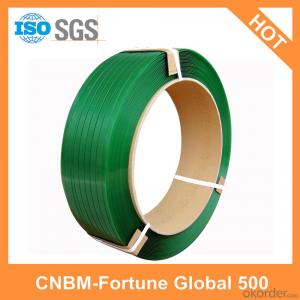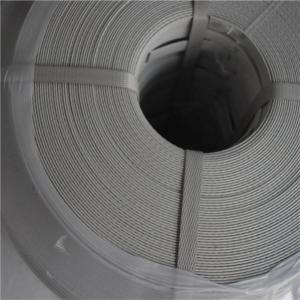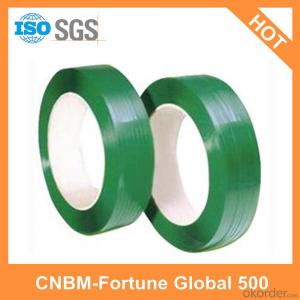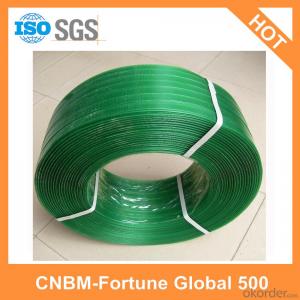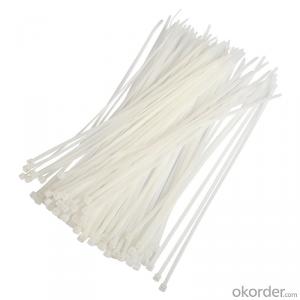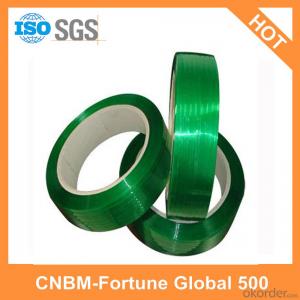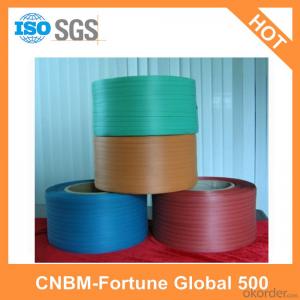Sticky Back Foam Tape
Sticky Back Foam Tape Related Searches
Adhesive Backed Foam Tape Sticky Back Aluminum Foil Sticky Mesh Tape Two Sided Foam Tape One Sided Foam Tape Sticky Aluminum Foil Double Sided Foam Tape Double Coated Foam Tape Reinforced Foil Tape Pu Foam Tape Heat Resistant Double Sided Foam Tape Sticky Lubricant Backed Aluminum Foil Foil Tape Reinforced Aluminium Foil Tape Aluminum Foil Sticks Binding Tape Packaging Tape Lead Foil Tape Package Sealing Tape Glass Foil Tape Double Sided Self Adhesive Tape Printed Box Tape Transparent Packing Tape High Temperature Aluminum Foil Tape Foam With Aluminum Foil Double Sided Sticky Tape Dispenser Protective Film Tape Foil Tape Sheets Reinforced Aluminum TapeSticky Back Foam Tape Supplier & Manufacturer from China
Sticky Back Foam Tape is a versatile adhesive product that comes in various thicknesses and widths, making it suitable for a wide range of applications. This self-adhesive foam tape is known for its strong holding power and ability to bond well with a variety of surfaces, including wood, metal, glass, and plastic. It is commonly used for mounting, sealing, and cushioning purposes, providing a reliable and efficient solution for various household and industrial needs.The application and usage scenarios for Sticky Back Foam Tape are vast, as it can be utilized in both indoor and outdoor environments. It is perfect for mounting pictures, mirrors, and other decorative items on walls without the need for nails or screws. Additionally, it can be used for sealing gaps and cracks to improve insulation and prevent drafts, or for cushioning fragile items during transportation to protect them from damage. Its water-resistant properties also make it ideal for outdoor applications, such as securing garden decorations or attaching outdoor lighting fixtures.
Okorder.com is a leading wholesale supplier of Sticky Back Foam Tape, offering a large inventory of this product in different sizes and specifications to cater to the diverse needs of customers. As a reliable source for adhesive solutions, Okorder.com ensures that the quality and performance of their Sticky Back Foam Tape meet the highest standards, providing customers with a dependable product for their bonding and mounting requirements.
Hot Products
